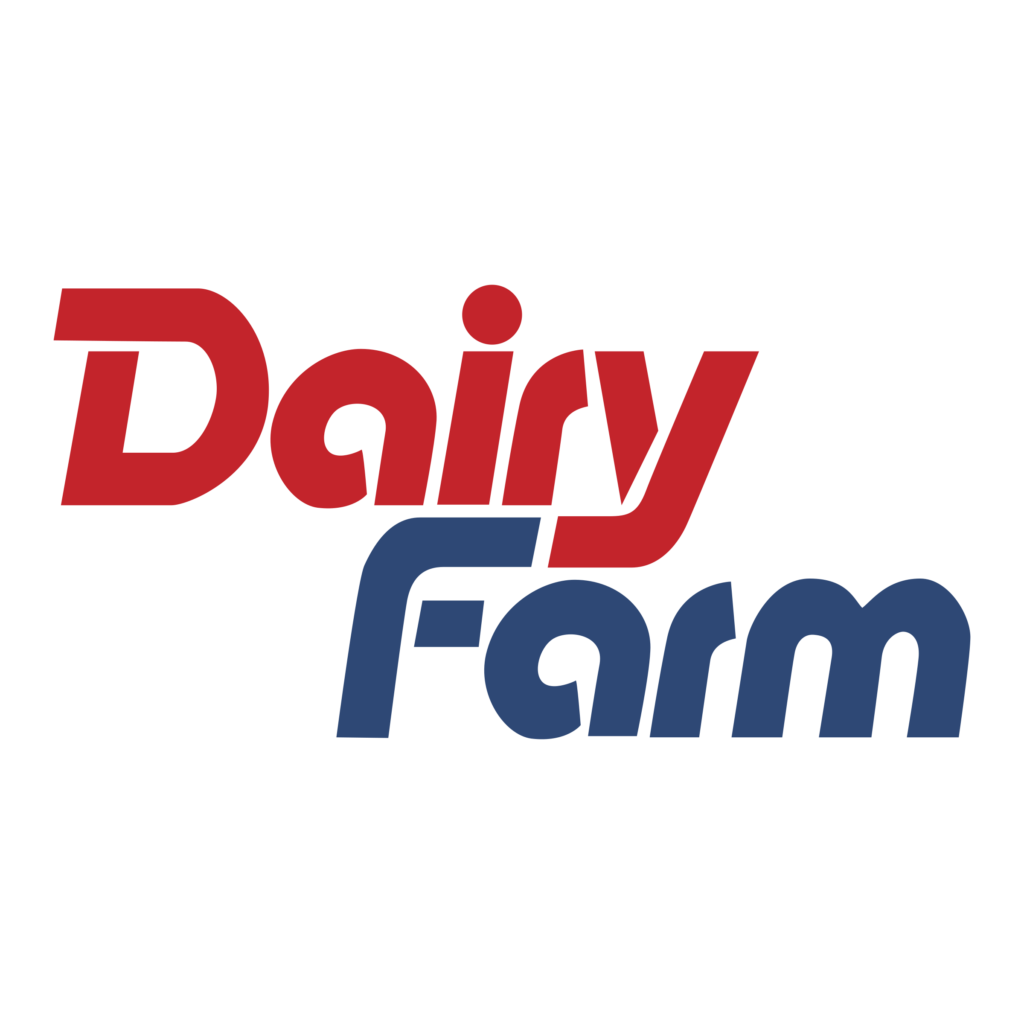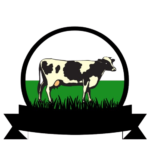
The Art and Science of Dairy Cow Nutrition
Feeding dairy cows isn’t just about filling their stomachs; it’s a carefully balanced process designed to maximize their health, happiness, and milk production. Imagine having your meals meticulously planned, ensuring you get the perfect mix of nutrients in every bite—sounds wonderful, right? That’s exactly what dairy farmers strive to provide for their cows.
One of the most effective feeding strategies is the Total Mixed Ration (TMR) method, which blends various ingredients into a perfectly balanced meal. Think of it like a hearty casserole—each component contributes essential nutrients to keep the cows healthy and productive. This approach ensures that every mouthful delivers the right mix of energy, protein, fiber, and vitamins, promoting optimal digestion and milk yield.
Key Components of a Dairy Cow’s Diet
1. Hay and Silage – The Fiber Foundation
Cows thrive on fiber-rich foods like hay and silage, which are essential for their digestive health. Hay consists of dried grasses and legumes, while silage is made by fermenting forage crops like corn and alfalfa. These ingredients help maintain proper rumen function, ensuring cows can efficiently break down their food and absorb nutrients.
2. Grains and Concentrates – The Energy Boosters
To support milk production, cows require energy-dense grains such as corn, soybeans, barley, and wheat. These provide the necessary calories and essential amino acids to keep cows strong, active, and thriving. Additionally, protein-rich supplements like canola meal and cottonseed ensure cows receive a well-rounded diet tailored to their specific needs.
3. Adjusting Nutrition Through Life Stages
Just like humans, cows have different nutritional needs at various stages of life. Young heifers require a diet packed with protein and essential minerals to support their growth. Meanwhile, cows that have recently given birth need a nutrient-dense diet to recover quickly and maintain optimal milk production. Thoughtful dietary adjustments ensure that each cow stays healthy and productive throughout her life.
Sustainable Feeding Practices: Balancing Efficiency and Environmental Responsibility
While dairy farming provides nourishing milk for millions, it’s also important to consider its environmental footprint. Some critics highlight concerns about the extensive use of corn and soybeans in cow feed, emphasizing the need for more sustainable practices. By incorporating diverse feed sources, reducing reliance on monoculture crops, and optimizing land use, farmers can improve efficiency while minimizing environmental impact. Sustainable feeding strategies not only benefit the planet but also contribute to the long-term well-being of dairy cows.

Final Thoughts: Nourishing Cows, Nourishing the World
Feeding dairy cows is a fascinating blend of science, strategy, and care. With a well-balanced diet, cows stay healthy, happy, and productive—resulting in high-quality milk for consumers to enjoy. Whether it’s the carefully crafted TMR approach, the essential balance of hay and grains, or the shift towards more sustainable feeding practices, every detail plays a role in creating a thriving dairy industry. By understanding and optimizing dairy cow nutrition, we ensure a future filled with delicious and nutritious dairy products!

Lorem ipsum dolor sit amet, consectet adipiscing elit, sed do eiusmod.
Our Services
- How Often Are Dairy Cows Milked?
- The Fascinating World of Dairy Farming
- The Ultimate Guide to Feeding Dairy Cows for Optimal Health and Production
- The Ultimate Guide to Manure Management on Dairy Farm
Contact Info
- +92 322 9732473
- adnansaqi473@gmail.com
